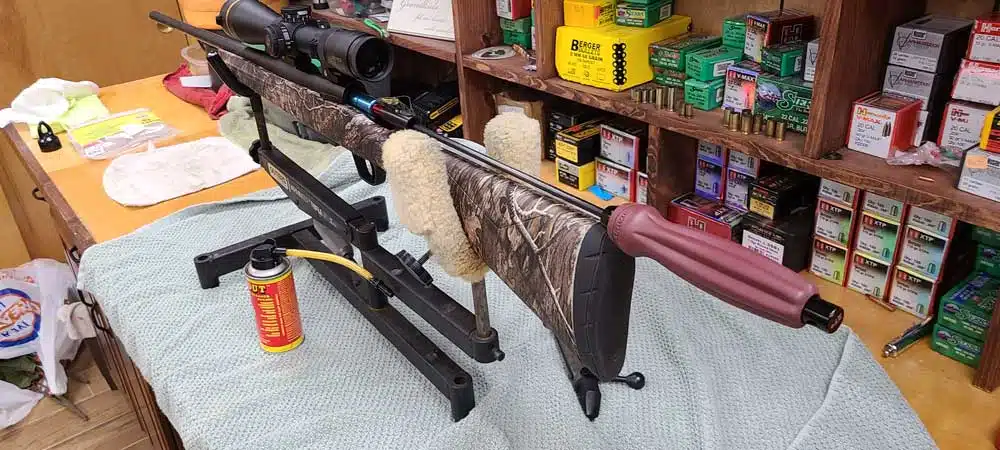Comment hiverniser son bateau
Voici un guide détaillé sur la façon de remiser un bateau de pêche canadien pour l’hiver, en mettant l’accent sur le moteur et la protection du bateau contre la neige et l’humidité.
1. Élimination de l’eau :
La première chose à retenir est que lorsque l’eau gèle, elle se dilate.
Il faut donc penser à tous les endroits où l’eau peut s’accumuler dans le bateau.
Tuyaux, cale, viviers, etc.
Si elle se dilate suffisamment, elle peut fissurer ou casser quelque chose. Lorsque vous garez le bateau pour la saison, retirez le bouchon de vidange, levez la remorque aussi haut que possible et laissez l’eau s’écouler.
N’oubliez pas de baisser complètement le moteur pour évacuer toute l’eau restante de l’unité inférieure et du moyeu de l’hélice.
2. Le moteur :
Avant de sortir le bateau de l’eau pour la dernière fois, ajoutez un stabilisateur de carburant. Cela permet à l’ensemble du moteur de recevoir du carburant traité, ce qui est important s’il doit rester inutilisé.
Cela empêche la dégradation et l’oxydation du carburant. Si vous avez un moteur à quatre temps, c’est le bon moment pour changer l’huile du moteur.
Quel que soit le type de moteur que vous avez, vous devriez changer l’huile de l’engrenage.
Si vous allez ranger votre bateau pour une période prolongée, vous devriez également brouiller les cylindres.
Retirez les bougies d’allumage et vaporisez de l’huile de brouillard marine directement dans les cylindres.
Sur les moteurs à injection directe de carburant, utilisez de l’huile pour moteur hors-bord appropriée à la place de l’huile de brouillard, et injectez-la par le trou de la bougie d’allumage.
3. Le reste du bateau :
La maintenance de la batterie est très importante. Si elles sont déchargées trop loin, cela peut endommager la batterie.
Si le bateau doit rester inutilisé pendant longtemps, retirez les batteries du bateau et stockez-les dans le garage sur un chargeur d’entretien.
N’oubliez pas que vous et votre bateau n’êtes pas les seules créatures à se cacher du froid. Toutes les créatures, grandes et petites, cherchent des endroits pour se blottir lorsqu’il fait froid. C’est pourquoi beaucoup de concessionnaires qui stockent des pontons à l’extérieur les enveloppent. Vous pouvez également mettre du ruban adhésif sur le logement d’échappement du moteur pour empêcher quoi que ce soit d’y entrer, y compris l’eau dans l’unité inférieure.
4. Stockage intérieur ou extérieur :
De toute évidence, le meilleur endroit pour stocker le bateau est dans un bâtiment fermé et climatisé.
Si ce n’est pas possible, alors une sorte d’enclos ou un carport est la deuxième meilleure option. Si vous devez garder votre bateau à l’extérieur, assurez-vous de prendre soin de tout le reste. Par exemple, les pneus de la remorque souffrent des éléments. Assurez-vous non seulement qu’ils sont correctement gonflés, mais aussi que vous les traitez avec une sorte de revêtement protecteur pour les empêcher de se fissurer.
Desserrez la sangle du treuil pour enlever la tension de la coque. Lubrifiez tout ce qui peut et doit être lubrifié. Pendant que vous y êtes, c’est le bon moment pour mettre une couche de cire sur le dessus et les côtés du bateau.
5. Envelopper le bateau :
Pour protéger votre bateau contre la neige et l’humidité, procurez-vous une housse de qualité, sur mesure, et serrez-la bien. Fermez toutes les ouvertures dans la housse ou envisagez de mettre une bâche dessus. Si elle ne « tente » pas naturellement, trouvez un moyen de le faire. Vous pouvez mettre un bâton ou même un ballon de plage gonflé sur le pont pour éloigner les précipitations et les faire s’écouler sur les côtés. Bien sûr, la neige est remarquablement lourde lorsqu’elle s’accumule en volume, donc si votre bateau doit rester sans surveillance, assurez-vous que vous ou quelqu’un d’autre pouvez vous y rendre et la balayer de la housse.
En suivant ces étapes, vous pouvez vous assurer que votre bateau de pêche sera prêt à naviguer dès l’arrivée du printemps.













